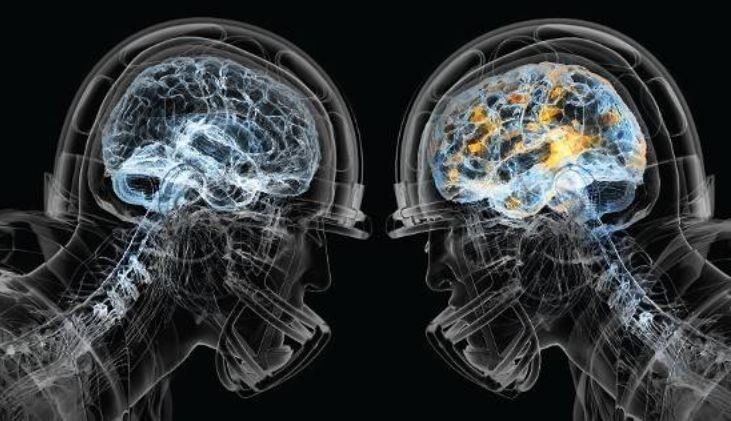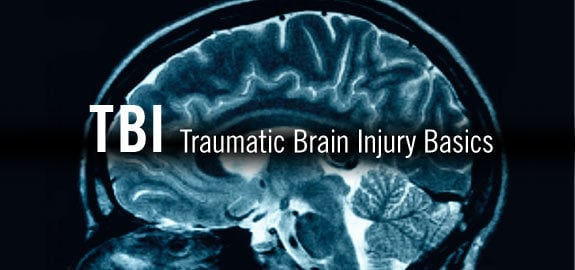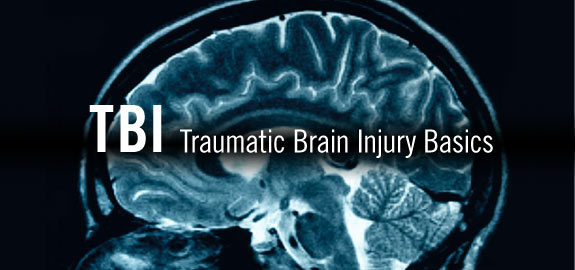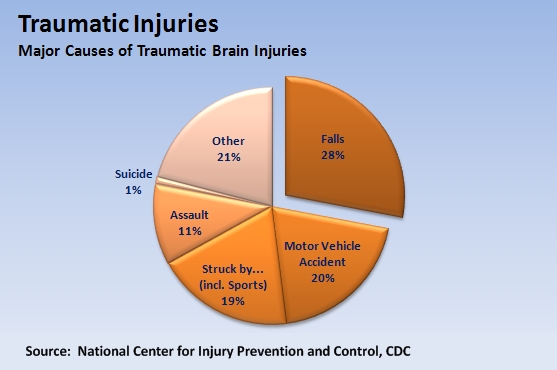It’s probably not a coincidence that National Traumatic Brain Injury Awareness Month occurs at the same time as the onset of the NFL season in the U.S. However, it’s also important to appreciate that traumatic brain injuries (TBIs) don’t only occur in the setting of professional sports. Regarding sports, the really interesting thing about concussions these days is many individuals seem to have convinced themselves that the risk of a concussion or even continuing in football, wrestling, boxing, or MMA type activities after having had concussions won’t deter them from pursuing the glory, fame, and fortune to be obtained in putting themselves at risk. That’s a fascinating but very flawed concept, as evidenced by the increasing suicide rate among concussed former athletes.

A traumatic brain injury (TBI) is caused by a blunt or penetrating head blow that disrupts some aspect of normal brain function. TBIs may produce changes, ranging from brief alterations in mental status or consciousness to an extended period of unconsciousness or amnesia. (It’s important to note that not all blows to the head result in a TBI.) For the purposes of this discussion, the majority of TBIs that occur each year are concussions. In terms of societal impact, TBIs contribute to a remarkable number of deaths and permanent disability. Every year, at least 1.7 million TBIs occur in the US.
Healthcare professionals may describe a concussion as a “mild” brain injury because concussions are usually not life threatening. Even so, their effects can be serious. Concussive symptoms usually fall in one of four categories:
- Thinking/remembering
- Physical
- Emotional/mood
- Sleep
Red Flags
Here’s what you need to know today. Get to the ER right away if you have any of the following danger signs after any type of head injury, no matter how minor it may seem:
- Any difficulty waking
- Any loss of consciousness, confusion, or significant agitation
- One pupil (the black part in the middle of the eye) larger than the other
- Loss of ability to identify people, places, the date, or self
- Loss of motion or sensation, weakness, numbness or loss of coordination
- Persistent, worsening headache
- Repeated vomiting
- Slurred speech or difficulty with expression
- Seizures
- Kids will not stop crying and cannot be consoled
- Kids will not nurse or eat
We’ll continue the conversation about concussions in the next Straight, No Chaser.
Order your copy of Dr. Sterling’s new book Behind The Curtain: A Peek at Life from within the ER at jeffreysterlingbooks.com, iTunes, Amazon, Barnes and Nobles and wherever books are sold.
Thanks for liking and following Straight, No Chaser! This public service provides a sample of what http://www.SterlingMedicalAdvice.com (SMA) and 844-SMA-TALK offers. Please share our page with your friends on WordPress, like us on Facebook @ SterlingMedicalAdvice.com and follow us on Twitter at @asksterlingmd.
Copyright, Sterling Initiatives, LLC. 2013-2015




